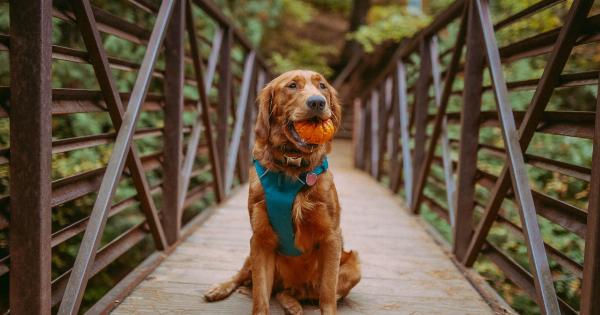Getting a new puppy can be an exciting experience, but it does come with some challenges. One common issue that new pet owners face is puppy biting. Puppies use their mouths to explore their surroundings, but their sharp teeth can cause injuries.
Fortunately, there are ways to prevent puppy bites. In this guide, we will discuss how to prevent puppy bites.
Teach Bite Inhibition
Bite inhibition refers to a puppy’s ability to control their bite. Dogs that have good bite inhibition will know how to control their bite during play and interaction with their humans.
Teach bite inhibition by yelping or saying “ouch” when your puppy bites you. This will help them learn that their bites are too hard and that they need to be gentle. Praise them when they are gentle with their mouths.
Socialize Your Puppy
Socializing your puppy is crucial to their development. They need to learn how to interact with other dogs and humans. Puppies that are not properly socialized can become fearful or aggressive.
Expose your puppy to different people and other animals to help them become comfortable with new situations. This will help them learn appropriate behaviors and reduce the risk of puppy bites.
Provide Plenty of Exercise and Mental Stimulation
Puppies have a lot of energy and need plenty of exercise and mental stimulation to keep them happy and healthy. Bored puppies are more likely to bite or engage in destructive behaviors.
Give your puppy plenty of opportunities to play and explore their environment. Provide them with puzzle toys and other interactive games to keep their minds engaged.
Use Positive Reinforcement
Positive reinforcement is a powerful tool for training your puppy. When your puppy exhibits good behavior, reward them with treats or praise. This will help reinforce good behaviors and encourage your puppy to continue exhibiting them.
Avoid using punishment or negative reinforcement, as this will only lead to fear and aggression.
Be Consistent with Training
Consistency is key when it comes to training your puppy. Be consistent with your commands and expectations. Everyone in the household should use the same commands and training methods to avoid confusion for your puppy.
This will help your puppy understand what is expected of them and reduce the risk of puppy bites.
Keep Your Puppy on a Leash
When out in public, it’s important to keep your puppy on a leash. This will help you control their movements and prevent them from approaching other dogs or people without permission.
It’s also a great way to keep your puppy safe and prevent them from getting into dangerous situations. Training your puppy to walk on a leash will also help prevent them from biting.
Provide a Safe Space for Your Puppy
Puppies need a safe space where they can retreat when they feel overwhelmed or scared. Provide your puppy with a comfortable crate or bed where they can relax and feel safe. This will give them a sense of security and help reduce the risk of puppy bites.
It’s important to allow your puppy to go to their safe space whenever they feel the need.
Supervise Your Puppy
Supervising your puppy is important to prevent accidents and puppy bites. Never leave your puppy unattended, especially with children or other animals. Keep an eye on your puppy’s behavior and intervene if you notice any signs of aggression.
Early intervention can help prevent puppy bites.
Seek Professional Help if Necessary
If your puppy is exhibiting signs of aggression or biting frequently, it’s important to seek professional help. A professional trainer or behaviorist can help identify the underlying causes of the behavior and provide you with tools to correct it.
Don’t wait until the behavior becomes a serious issue before seeking help.





























